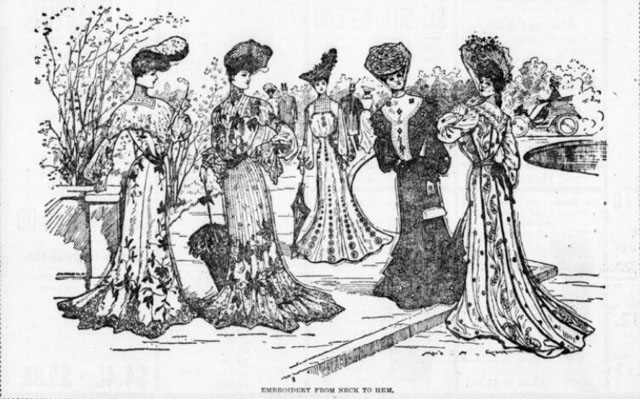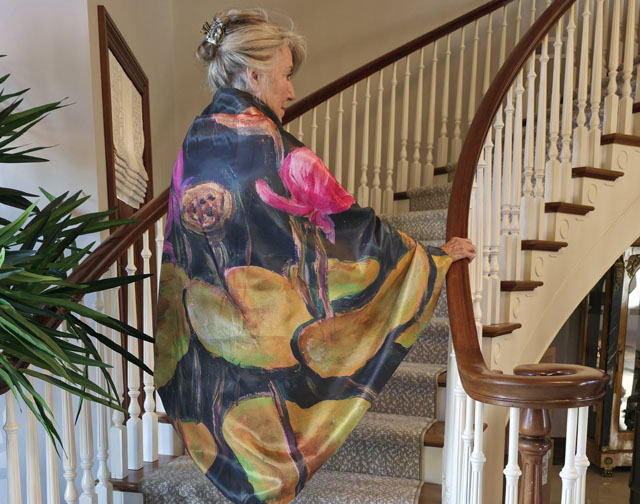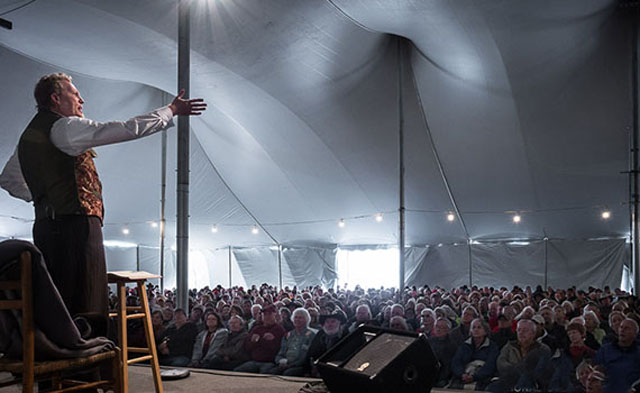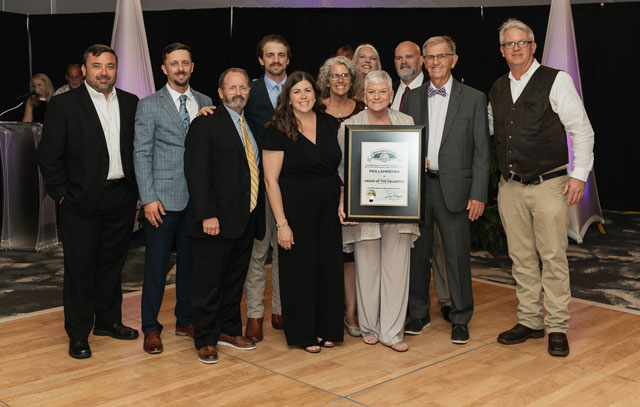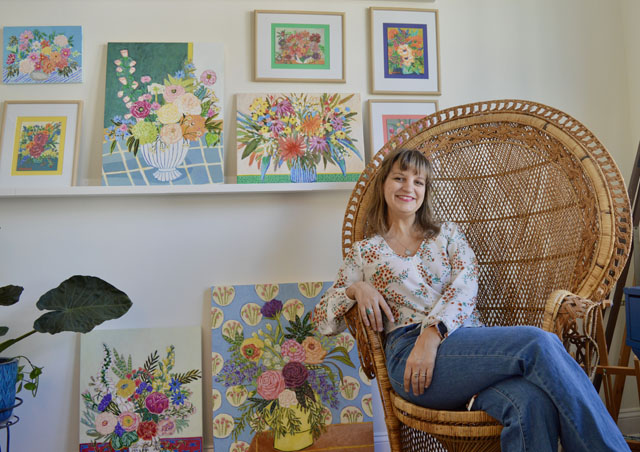A New Perspective
05 Mar 2024
Artist Jeremy Croft puts his spin on images of society
By Liesel Schmidt
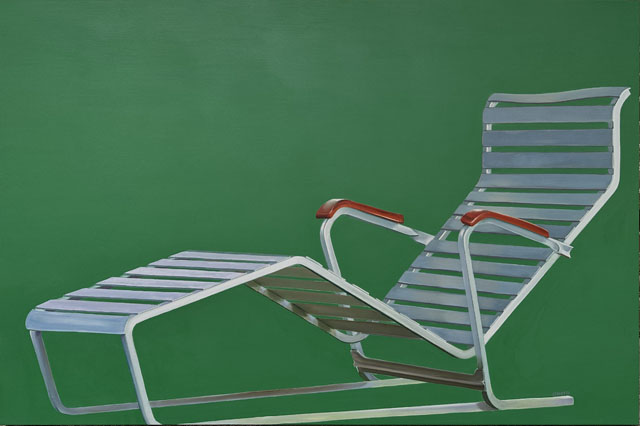
Throughout history, art has always been a conduit for creativity, an outlet for emotion and a conveyor of a larger message that an artist wishes to deliver. For Jeremy Croft, that holds true in his paintings, be they depictions of Hollywood’s starlets or near-photographic renderings of chairs. What Croft focuses his mind—and his eye and his brush—on is part of the larger picture of the way that society is so self-focused in their pursuit of fame, luxury, notoriety, even materialism.
A self-taught painter who took the leap into art full-time in 2019, Croft has picked up his technique from watching YouTube, reading books and studying the ways of the late, great Bob Ross.
“I don’t want to be a technical painter, so there’s only so much digging around that I’ll allow myself on that front,” he says. “I’m more concerned with the feel of the painting. I think the best way to train yourself is to choose an artist you like, go to the library or buy one of their books and spend some time looking at the images of their work. Examine how they go about it.”
Croft himself prefers working in oils— “simply because that was the medium used in most of my favorite paintings from art history,” he said. The medium seems to have served him well—though there was something of a learning curve when he began pursuing his vision of making art his every day, full-time focus.
“It took me a while to figure out how to function as a working artist,” Croft admits. “The first time I felt even remotely like a professional was later that next year when I had my first sale on my website to an unknown collector. That was huge waking up to that email. It made me think I should keep going and that my art could support itself.”
Before becoming a professional artist, Croft worked for three years as a financial associate for a law firm.
“I’ve come to realize that I actually enjoy the tedious nature of that kind of work and have found that the way I paint can tend to mimic that sort of focus,” he said.
While his everyday life tends toward what Croft might consider somewhat frenzied, he finds that his artwork provides a respite.
“I seem to have a manic existence in the day-to-day, but I’m realizing that there’s an undercurrent which kind of stays the same for months at a time,” he says. “Whatever I decide to paint or do next usually comes from that undercurrent, without me really acknowledging that in the moment. So you can end up with a kind of through-line in periods of work, without really identifying a direct intention or inspiration.
“For me, painting is a way for me to turn my energy into something tangible,” he adds. “I’ve spent a long time just talking and thinking, and it’s not that that time was wasted—but there was an extreme level of agitation felt in letting those ideas and thoughts slip into the ether. Being in this current phase of building with those thoughts is what I love about making art.”
Working from the unheated, unairconditioned space of his garage, Croft finds his biggest challenges to be the whims of weather, and his own patience.
“I want to get better, be seen more, have more opportunities,” he says. “I have to remind myself that I’m playing the long-game and I’m moving at a great pace.”
In the current climate of increasingly AI-generated art and the uncertainty of where all of it will leave the people whose lives are dedicated to creating these works with their own hands and minds, Croft understandably bucks the idea of using any kind of technology in his own work.
“I don’t even use tape to paint my lines,” he says. “I’m afraid of technology. I stay in a bubble in that way. I do see what it’s doing to movies, which is a major influence. In part, I believe that it will be self-healing, that bad writing will be rejected by audiences and that those studios will feel the financial effect. In turn, they’ll have to revert to paying actual people to write. A greater fear is that future generations might not have a notion of what ‘good’ is if they only see AI-generated material,” he said. “This translates to all forms of art, which is why I feel that we all need to apprentice ourselves in the ‘good’ and resist adopting shortcuts and easy solutions as much as possible—particularly in art.”
Croft’s work can be found at jeremycroft.net.


